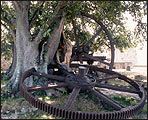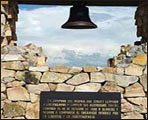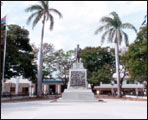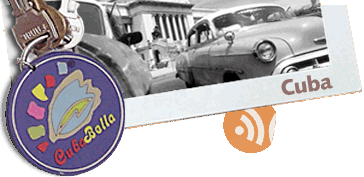Granma History
Bayamo, the capital of Granma was founded in 1513. It was the second village founded in Cuba an was named San Salvador de Bayamo.
In the years 1538, 1555, and 1579 it was attacked by pirates and privateers.
In the 19th century, the sugar-producing zones of the eastern region of the island occupied vast zones, but its mills yielded little sugar because, unlike those of west, they were technically obsolete. In 1857, there was a capitalist economic crisis and the price of sugar in the international market went down.
 Some eastern landowners lost their lands, others remained indebted. For them the war for independence was practically a need and to wage it, they were determined to give their own life, if necessary. The city of Bayamo had a key role in the beginning of the Ten-Year War. The Bayamo lawyer Carlos Manuel de Céspedes led the insurrection of the revolutionaries in Manzanillo. He set his own slaves free and proclaimed the declaration of independence of Cuba. Bayamo was declared capital of the Republic in Arms and, before it could fall into the hands of the enemy, its inhabitants set the city in fire on January 12th, 1869 and left only its ashes behind.
Some eastern landowners lost their lands, others remained indebted. For them the war for independence was practically a need and to wage it, they were determined to give their own life, if necessary. The city of Bayamo had a key role in the beginning of the Ten-Year War. The Bayamo lawyer Carlos Manuel de Céspedes led the insurrection of the revolutionaries in Manzanillo. He set his own slaves free and proclaimed the declaration of independence of Cuba. Bayamo was declared capital of the Republic in Arms and, before it could fall into the hands of the enemy, its inhabitants set the city in fire on January 12th, 1869 and left only its ashes behind.
 It was in Bayamo where the National Hymn was first sung on October 20th,1868.
It was in Bayamo where the National Hymn was first sung on October 20th,1868.
Many other historical events took place in the region since that. Bayamo had a great participation in the war of 1895-1898. Prestigious revolutionary leaders saw action in the plains of Granma. Among them, Bartolomé Masó stands out.
In the times of the neocolonial republic, the Cauto plains witnessed rebellious actions: the workers riots of 1925, 1935, 1930, and 1932. The struggles for the rights of the countrymen were also frequent. In 1948, the sugar union leader Jesús Menéndez was murdered.
 On July 26th,1953, simultaneously with the Moncada Garrison, is attacked the Carlos Manuel de Céspedes Garrison in Bayamo. In this region operated the four guerrilla fronts of the eastern region. To the south of Campechuela and Manzanillo, operated column 1 “José Martí”, commanded by Commander in Chief Fidel Castro himself.
On July 26th,1953, simultaneously with the Moncada Garrison, is attacked the Carlos Manuel de Céspedes Garrison in Bayamo. In this region operated the four guerrilla fronts of the eastern region. To the south of Campechuela and Manzanillo, operated column 1 “José Martí”, commanded by Commander in Chief Fidel Castro himself.



